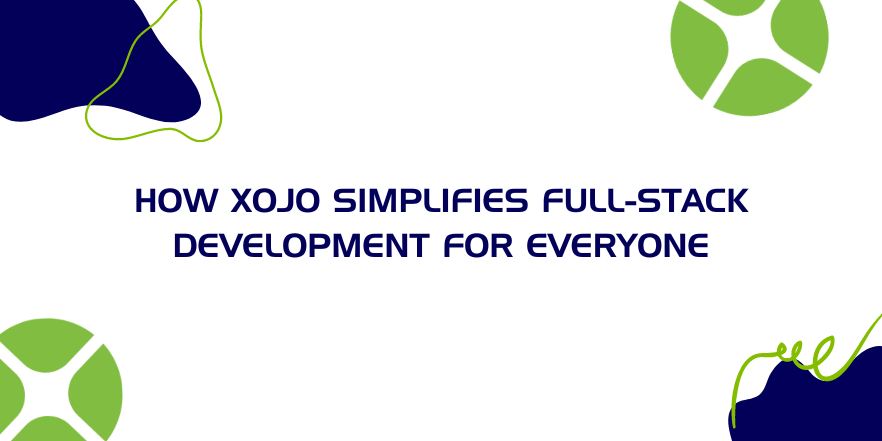The demand for skilled full-stack developers continues to grow in 2024. These developers handle both the frontend and backend of applications, ensuring a smooth user experience from start to finish. As businesses strive to deliver robust, efficient and visually appealing applications, developers and their choice of programming tools can impact the speed, scalability and overall performance of a full software solution.
Presented with choosing what development tool is best for your main, full-stack development needs, let’s discuss the benefits of Xojo development platform for your next web project. With its simplicity, flexibility, and powerful features, Xojo will help you create high-quality web applications quickly and efficiently, with the added bonus of covering backend and frontend development in the same IDE—no more language switching—while also lowering your overall costs.
Comments closed

